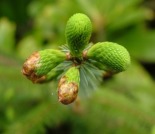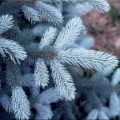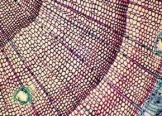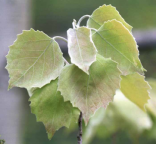1. What is Adaptation?
Adaptation has been defined by evolutionary biologists as both a process and a product. The process of adaptation is driven by natural selection resulting in a characteristic that is essential for survival, also referred to as an adaptive trait. For example, conifers have evolved a number of characteristics that allow them to survive and thrive in cold and dry environments:

Buds are pre-formed embryonic shoots that can very quickly grow during favorable conditions in spring, so that the tree can make the most of a short growing season. During winter, buds protect the vulnerable growing tip of shoots. In evolutionary history, buds were a key adaptation that allowed plants to conquer cold environments at high latitudes and high elevations.

Needles are specially adapted compact leaves with a thick waxy layer that provides protection against UV radiation at high elevation, and prevents water loss in dry environments. The orientation of needles in all directions is also suited for incident sunlight at high latitudes to capture all available light (you may have noticed that it is very dark under conifer canopies).

The wood of conifers is also specially suited for cold and dry environments. Instead of a thin layer of large-diameter vessels responsible for active water transport in broadleaves, conifers have a wide sapwood column with narrow tracheids that transport water. This prevents freeze damage through air bubbles that develop when ice forms in winter, and the wide sapwood column also serves as water reservoir for dry periods.
Many important adaptations are morphological characteristics, but there are also many important invisible adaptations. For example, the biochemical process of photosynthesis that utilizes light energy to convert CO2 into carbohydrates is optimized for cold temperatures in many conifers. In combination with evergreen needles, this allows conifers to always take advantage of suitable growing conditions including warm spells in early spring, fall, and sometimes even during winter.

Of course, there is more than one way to adapt to a particular environment. Aspen, for example, competes quite successfully with conifers in the boreal forest. Instead of leaves being capable to withstand harsh environmental conditions, aspen carefully times bud flush and leaf abscission with the best growing conditions. Aspen can also grow at elevations exceeding 3000m, where it uses phenolic glycosides in its leaves to absorb UV radiation (instead of having a protective wax layer).